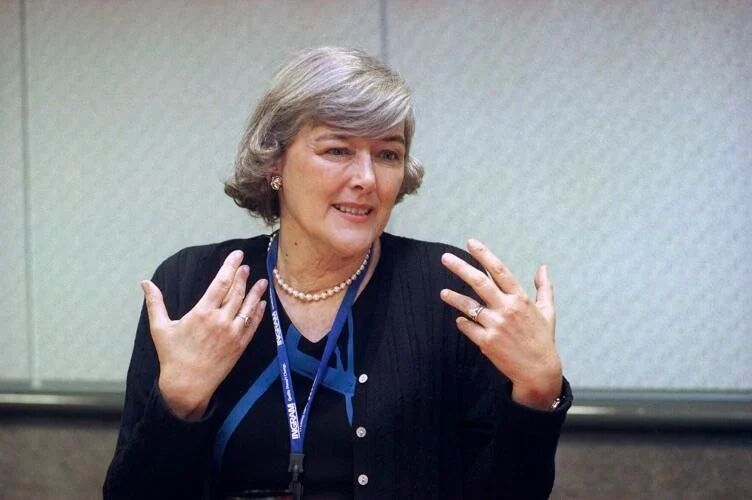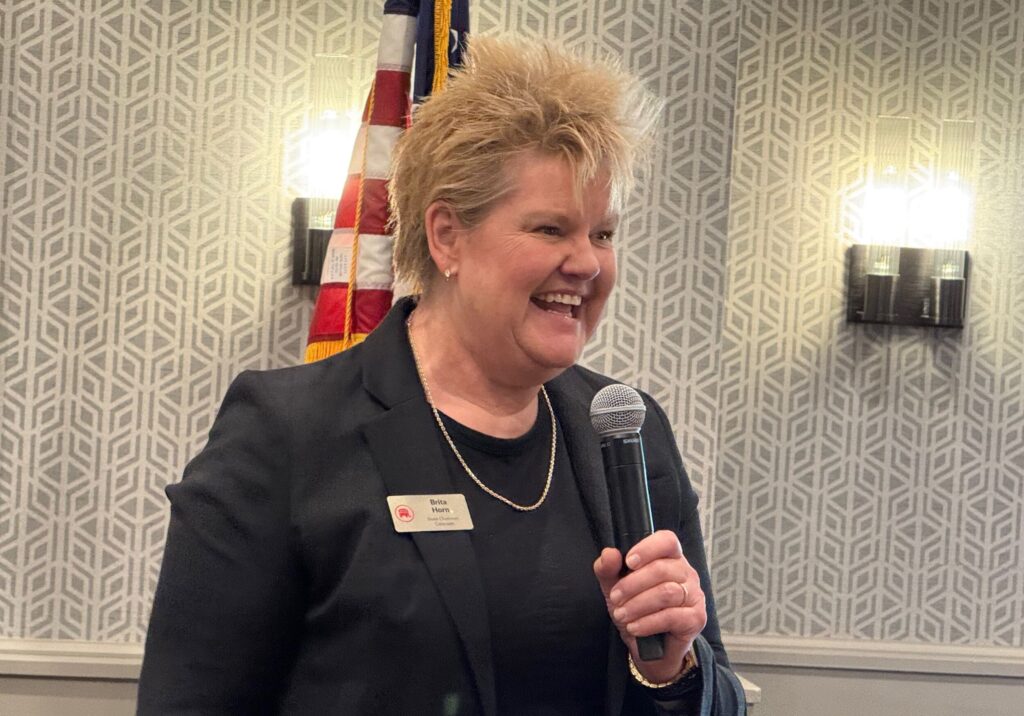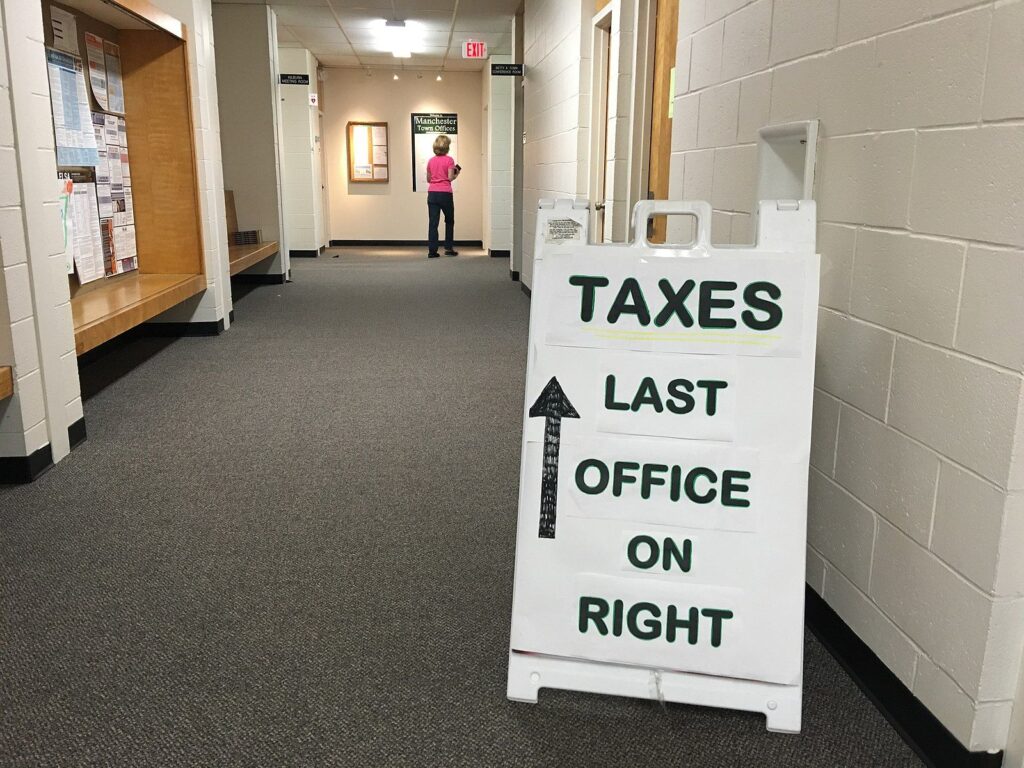Colorado Springs approves urban renewal plan for proposed 27-story building downtown
The Colorado Springs City Council approved three resolutions Tuesday connected to the urban renewal plan that is a key part of a proposed record-breaking 27-story apartment building in the city’s downtown.
The urban renewal plan was brought to the council by the Colorado Springs Urban Renewal Authority and the developers for the OneVela building.
The council approved three resolutions, passing them on 7-2 votes. Council members Dave Donelson and Nancy Henjum voted no.
The O’Neil Group, a local private equity group, and VeLa Development Partners, a Kansas City, Mo.-based high-rise, multifamily developer, are proposing the 300-foot tall apartment complex on a block bounded by Cascade and Vermijo avenues and Costilla and Sahwatch streets in southwest downtown. The building would contain 404 apartment units, ranging from studios to three-bedroom apartments, and retail space on the ground floor.
Its height would eclipse the 16-story, 248-foot Wells Fargo Tower three blocks to the north in downtown, which is the city’s tallest building. The most recent estimate from the developers puts the construction cost at $202 million.
Rockrimmon Library supporters file lawsuit over claims of secrecy, violations
Donelson said he was unwilling to move ahead with the project until he had a better sense about whether the public wanted buildings this tall in Colorado Springs. The City Council had discussed having a public vote on an ordinance to set a maximum height rule earlier but the effort may not happen until next year.
Andy Merritt, O’Neil Group’s chief strategy officer, said the apartment would be a “niche project” aimed at attracting workers in the defense and technology sectors who were used to living in downtown apartments.
“A building like this is attractive to people like that and we want those kinds of people to come to Colorado Springs and build their companies here,” Merritt said.
Split on allowing e-bikes in city parks continues to Colorado Springs City Council
The urban renewal plan designates the block as a blighted area, which qualifies it for millions of dollars in tax-increment financing from property and sales tax revenue to partially reimburse the construction costs.
Merritt said the TIF funding would eventually provide around $11 million for the building. The developers would pay $12 million for the public improvements that are not covered by the tax financing.
The cooperation agreement between the city and the Urban Renewal Authority creates a 1.75% tax revenue rate for the developers. Council member Mike O’Malley called the rate a “tough pill to swallow” when other projects received a much lower share of the city’s taxes.
Merritt and Urban Renewal Authority Executive Director Jariah Walker said the rate had been pushed as low as the two groups could agree on while keeping the project financially viable.
Diane Bridges from the Historic Neighborhoods Partnership was one of the people who opposed the new skyscraper. Bridges argued to the council that the amount of money expected to be raised by TIF was based on the exact height and number of units in the building.
“By approving the financials, you are in essence adding a new building to the skyline,” Bridges said.
Council member David Leinweber said that the central section of downtown Colorado Springs was one of the few areas of the city without a height limit. Leinweber argued that exemption was a benefit, allowing a limited number of high-rises to provide a unique housing option.
“We want to create variety so lots of people have different choices and creating one section of our city where we have a different choice, I think is perfectly acceptable,” Leinweber said.
Blighted areas have to meet at least four of the 11 factors established in state law to qualify for urban renewal funding. A study prepared for the Urban Renewal Authority said the area met six of the criteria.
Photos shown to the council focused on the lack of sidewalks and street improvements, the deterioration of the landscape around the buildings and the presence of graffiti and litter in the area.
Donelson questioned The O’Neil Group about the blight findings because they had owned the property for several years. Members of Integrity Matters, a government watchdog nonprofit based in Colorado Springs, said Tuesday the properties had sold for too much money to be considered a blight and accused the study of cherry-picking the worst areas of the block.
The land had been declared a blighted area in 2001 as part of the Southwest Downtown Urban Renewal Area. One of the council’s resolutions on Tuesday pulled the block out of the larger downtown urban renewal area to create the new renewal area.
Tuesday’s vote did not approve the building’s design or development plans. The developers submitted plans to the city last week to begin the next phase of the review process.











